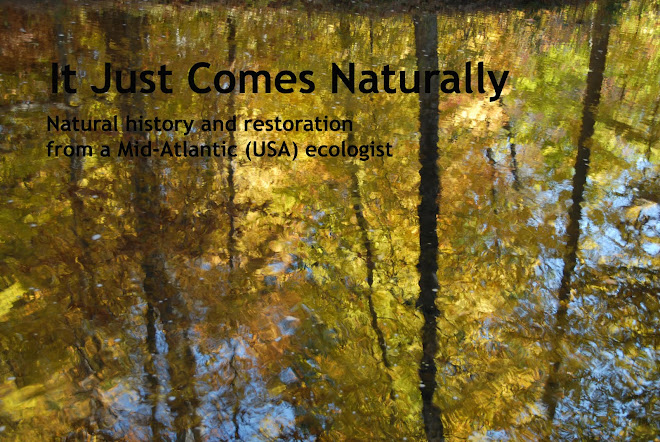in last evening's light
I live a very fortunate life, and that fact came home to me strongly last Friday evening. Kali and I had tickets for Gounod's opera, Romeo et Juliet, in central Philadelphia, and we decided to make a "night" of it. I took off work about an hour early and drove to pick up Kali when she finished working at 4:30. Then, we drove to the terminus of the subway line near Kali's place of employment and got ready to go into town; we were both in a great mood and excited about the prospects for the evening.
Two trains were waiting for passengers - the local (that stops at every station) and the express that stops at selected stations. The local was scheduled to leave earlier, but would undoubtedly be overtaken en route by the express. I opted for the express, but Kali said, "We've got plenty of time; let's chill out on the local." We did (and we were eventually overtaken en route), but I was relaxed and enjoying the anticipation.
Once in town, we had identified four new restaurants to consider for dinner, all in a relatively circumscribed part of downtown dubbed Midtown Village. Until recently, Midtown Village had been down-at-the-heels, seedy, and all but deserted after business hours, but now it's hip with countless new restaurants and shops. Since Friday was the warmest day of the winter so far (temperatures got up to near 70), Midtown Village was hopping on Friday night. The energy of the nightlife was palpable, and it was exhilarating to be part of it.
We decided on dinner in a well-reviewed pizza restaurant and wine bar. It was packed - even at 5:45 - so we had to settle for seats at the "communal table," which was fine with us. One outside "wall" of the place was composed completely of doors, and all were open to the evening's warmth and the crowded street. We ordered a roasted beet and goat cheese appetizer and a gourmet pizza, and then sat back to enjoy the ambiance with glasses of happy hour Carménère. We had a fine meal.
After dessert, it was still a bit early to go to the theater, so we enjoyed the warm evening and strolled down the high-end shopping street. I was also interested in finding the location of the newest dance club in town in case we were motivated to go dancing after the opera. (Finding the place proved a challenge because it's just one doorway between two retail stores; the entrance-way reportedly opens up into a cavernous space inside.)
Near 8:00, we went to the theater, staged in the opulent Academy of Music. We've been to the Academy on several occasions, but tickets in the Orchestra are too rich for our blood, so we buy seats in one of the numerous balconies, all of which are, to a greater or lesser extent, challenging (to be kind). The building is old, so there are supporting columns throughout that obscure views of the stage. The seats were clearly installed when people were shorter because our knees inevitably push up against the back of the seats in front of ours. And, perhaps worst of all, the seats on the sides of the auditorium face the seats on the opposite side, not the stage, so viewers have to contort their bodies sideways to see the performance. The Academy must have been built to present orchestra concerts where watching the stage is not critical; the venue is terrible for stage productions.
Despite the physical discomfort, we enjoyed the opera - after a while. The work is divided into five acts, but the cast really didn't hit their stride until the third act. Furthermore, the director re-imagined the story of the feuding Capulet and Montague clans as rival haute couture houses; it was a potentially interesting conceit, but the director didn't carry it through with comprehensive vision, so the production vacillated between New York's runways and Verona's back alleys and gardens. The show ended at 11:15 and, despite my entreaties, Kali claimed she was exhausted and couldn't possibly go dancing, so we hopped the subway and headed home.
My point (at last)? I've got 800 natural acres outside my door with not a neighbor in sight. I can walk down to "my" creek in 10 minutes, wander through native prairie grasses, and get lost in 250-year-old woods practically at will. On the other hand, I can be in central Philadelphia in an hour or less and get plugged into some high energy culture, dining, nightlife that nearly rivals that of New York City (which I can also access in two hours, if I want). I've got it good in lots of ways.










